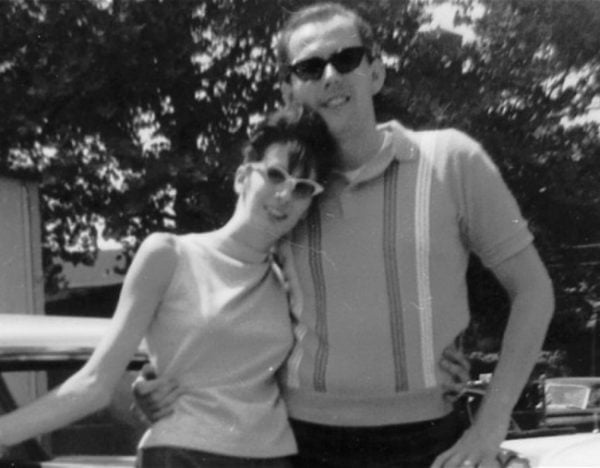

His other disposal methods included dismemberment, burial, or placing the body in the trunk of a car and having it crushed in a junkyard. One of his favorite methods of disposing of a body was to place it in a 55-gallon oil drum. He would variously administer it by injection, putting it on a person's food, by aerosol spray, or by simply spilling it on the victim's skin. He favored the use of cyanide since it killed quickly and was hard to detect in a toxicology test. The exact number has never been settled upon by authorities, and Kuklinski himself at various times claimed to have killed between 33 and 200 individuals. Over the next thirty years, according to Kuklinski, he killed numerous people, either by gun, strangulation, knife, or poison. From then on, Kuklinski was DeMeo's favorite enforcer. As he passed him, he turned and shot the man in the back of the head. Without questioning the order, Kuklinski got out and walked towards the man. DeMeo then selected an apparently random target, a man out walking his dog. One day, he took Kuklinski out in his car and they parked on a city street. But soon his talent for killing was realized and he stood out amongst his associates, standing 6 feet and 5 inches and weighing 300 lb.

Kuklinski stated that he started doing robberies and other assignments for the family, one of which was pirating pornographic tapes. He also stated that he had abused animals as a young child, such as killing cats and dogs by torturing them.Īssociation with the Gambino crime family came through his relationship with the mobster Roy DeMeo. His number one pet peeve was "loudmouthed people", because they reminded him of his father. He said in the HBO documentary "Ice Man: Confessions of a Mafia Hit Man" (1992) that it was the day he killed Charley Lane that he learned it was "better to give than to receive".Īccording to his own statements, Kuklinski would hurt someone just for making him feel bad about something. He seized a metal pole from a trash can and beat all of them nearly to death. Kuklinski then went in search of the other boys in the gang. Kuklinski then dumped Lane's body off a bridge in South Jersey after removing his teeth and chopping off his finger tips with a hatchet in an effort to prevent identification of the body. Although he denied wanting to kill Lane, the bully did not wake up. Following a particularly bad beating Richard sought revenge, attacking Charley Lane with a thick wooden dowel eventually beating him to death. In 1948, Kuklinski, 13, ambushed and beat Charley Lane, the leader of a small gang of teenagers known as "The Project Boys," who had bullied him for some time. Kuklinski first killed his number one enemy. By age 16, he was already known for his explosive temper and his willingness to kill.

Soon, Stanley left his family, and Richard was left to fend for himself. On discovering he had killed his son, Stanley ordered Anna to call the hospital and report that Florian had fallen down the stairs and hit his head. When Kuklinski was five years old, his older brother Florian was killed by Stanley during one of his many beatings. She, too, would often beat Richard Kuklinski. She was extremely strict and a devout Catholic. Anna Kuklinski, meanwhile, worked at a meat processing plant. He was an alcoholic who regularly beat his wife and children. Stanley Kuklinski worked at a railroad as a brakeman. Kuklinski was born on Apin Jersey City, New Jersey. Richard Leonard Kuklinski was the second of four children born to Stanley and Anna Kuklinski of Polish origin. He was the older brother of the convicted rapist and murderer Joseph Kuklinski. He worked for several Italian-American crime families, and claimed to have murdered over 200 people over a career that lasted thirty years. Richard "Iceman" Kuklinski (Ap– March 5, 2006) was a convicted murderer and notorious contract killer. Status: Sentenced to life in prison, 1988.
#THE ICEMAN KILLER WHERE IS GOD SERIAL#
AKA "Iceman" Classification: Serial killerĬharacteristics: Contract killer - Worked for several Italian-American crime families


 0 kommentar(er)
0 kommentar(er)
